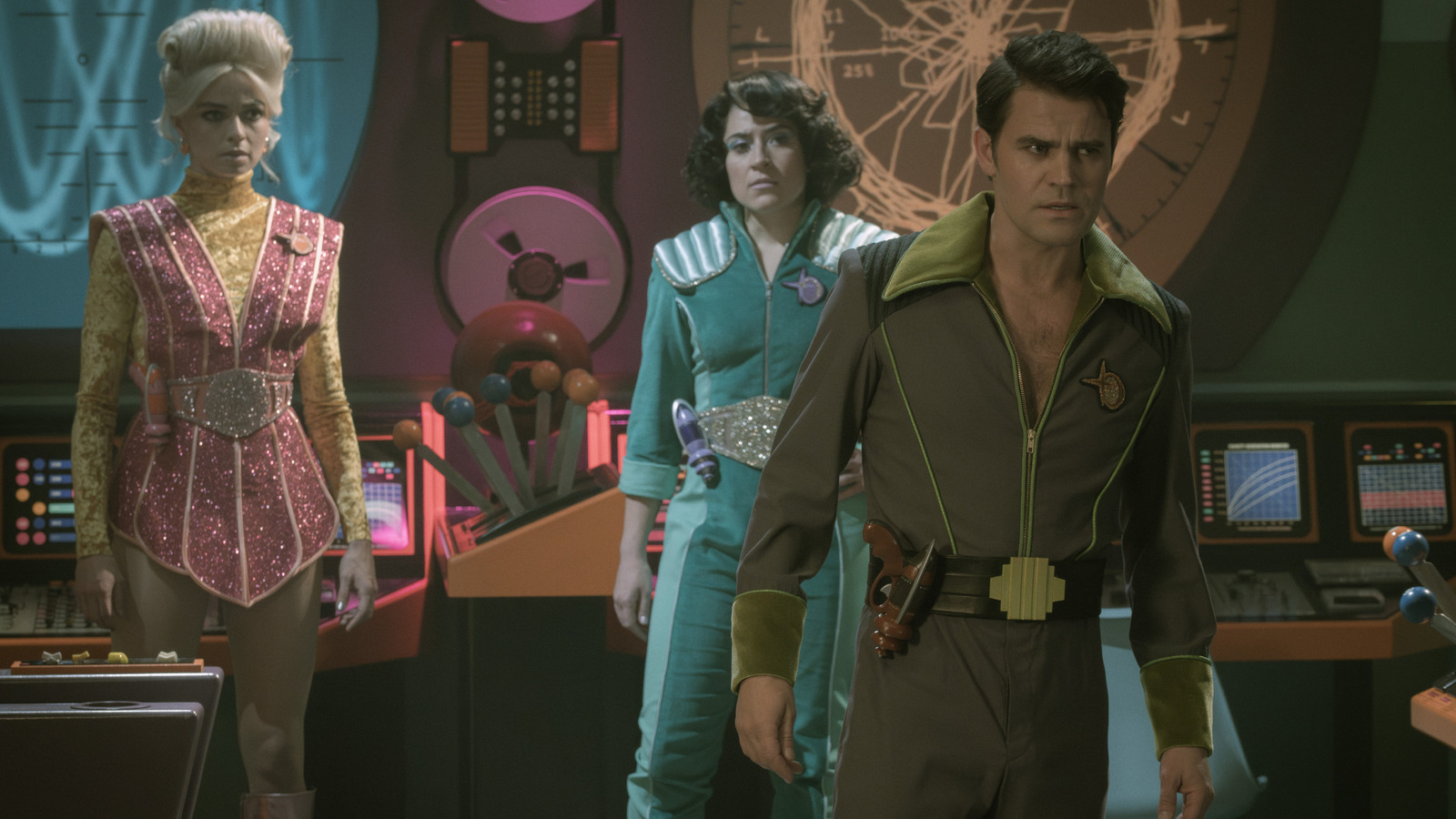
Amazon's Prime Video Release Approach May Be More Effective Than Netflix's Binge-Drops
Since the onset of the streaming wars, we've all found ourselves picking sides in the fiercest debate currently raging: binging versus weekly releases. Most viewers of a certain age grew up with the usual week-to-week format, which affected everything from our patience levels to the episodic nature of television writing to our very perception of how entire seasons ought to unfold. Once Netflix arrived on the scene, however, the company's so-called binge model changed the game forever. As it turns out, audiences love them some shows that they can watch in one or two sittings, blasting through entire seasons before moving on to the next thing. Game, set, and match ... right? Maybe the battle hasn't been decided just yet. The Hollywood Reporter shared details of a study by Carnegie Mellon University that may have just upended the balance of power all over again. In short, an experiment involving a number of viewers (with an average age of 49, so take that for what it's worth) tasked them with watching four shows released during the last decade or so — "Big Little Lies," "The Muppets," "The Young Pope," and "Unforgettable." The researchers were free to tinker with the release strategy, mixing in both binging and weekly options, before assigning one to each participant over the course of 10 total weeks. The numbers suggested that streamers may want to prioritize weekly releases, as this resulted in "a 48 percent greater short-term retention of subscriptions vs. binge-drops." That said, this also had its drawbacks (again, from a bean-counter's point of view) as weekly viewers typically opted to wait until multiple episodes released before starting a given show. Back to the drawing board. Prime Video's more flexible approach, however, may have found the best possible solution between both extremes.
